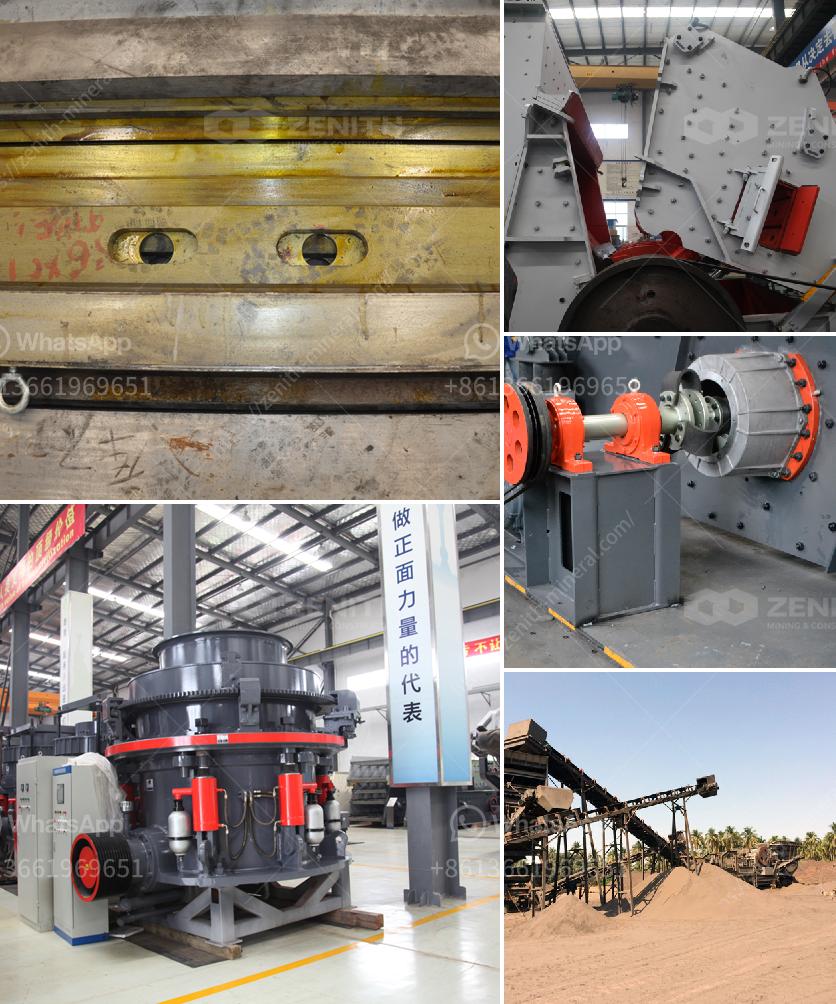Crushing metallurgical coke involves several steps and considerations to ensure the process is efficient and the desired particle size is achieved. Here’s a detailed explanation of the process:
1. Understanding Metallurgical Coke
Metallurgical coke, also known as met coke, is a carbon material derived from the destructive distillation of coal in a coke oven. It is primarily used in the iron and steel industry as a fuel and as a reducing agent in blast furnaces. The quality and size of the coke are crucial for its performance in these applications.
2. Preparation for Crushing
Before crushing, it is essential to understand the properties of the coke, such as its hardness, moisture content, and size distribution. This information helps in selecting the appropriate crushing equipment and setting the operational parameters.
3. Crushing Equipment
Several types of equipment can be used to crush metallurgical coke, including:
- Jaw Crushers: These are used for primary crushing and can handle large pieces of coke. They work by compressing the coke between a fixed and a moving jaw.
- Roll Crushers: These are used for secondary crushing and can produce a more uniform particle size. They work by compressing the coke between two rotating rolls.
- Hammer Mills: These are used for finer crushing and can produce very small particles. They work by using high-speed rotating hammers to impact and break the coke.
4. Crushing Process
The crushing process typically involves the following steps:
- Feeding: The coke is fed into the crusher using a conveyor belt or a hopper. The feeding rate should be controlled to ensure a consistent flow of material into the crusher.
- Primary Crushing: The coke is initially crushed using a jaw crusher to reduce the size of the large pieces. The output from the jaw crusher is usually in the range of 50-100 mm.
- Secondary Crushing: The output from the primary crusher is then fed into a roll crusher or a hammer mill for further size reduction. The goal is to achieve the desired particle size, which is typically in the range of 10-50 mm.
- Screening: After crushing, the coke is screened to separate the desired size fractions. Oversized particles are returned to the crusher for further reduction, while undersized particles are collected for use.
5. Operational Considerations
- Crusher Settings: The settings of the crusher, such as the gap between the jaws or rolls, should be adjusted to achieve the desired particle size.
- Wear and Tear: Crushers are subject to wear and tear, especially when handling abrasive materials like coke. Regular maintenance and replacement of worn parts are essential to ensure efficient operation.
- Dust Control: Crushing coke can generate a significant amount of dust, which can be harmful to workers and equipment. Dust control measures, such as water sprays or dust collection systems, should be implemented to minimize dust generation.
6. Safety Considerations
- Personal Protective Equipment (PPE): Workers should wear appropriate PPE, such as gloves, safety glasses, and dust masks, to protect themselves from dust and other hazards.
- Equipment Safety: Crushers should be equipped with safety guards and emergency stop buttons to prevent accidents.
- Training: Workers should be trained in the safe operation of crushing equipment and the handling of metallurgical coke.
Conclusion
Crushing metallurgical coke is a critical process in the production of iron and steel. It requires careful selection of equipment, proper operational settings, and adherence to safety protocols to ensure efficient and safe crushing. By understanding the properties of the coke and following best practices, it is possible to achieve the desired particle size and quality for use in blast furnaces and other applications.

